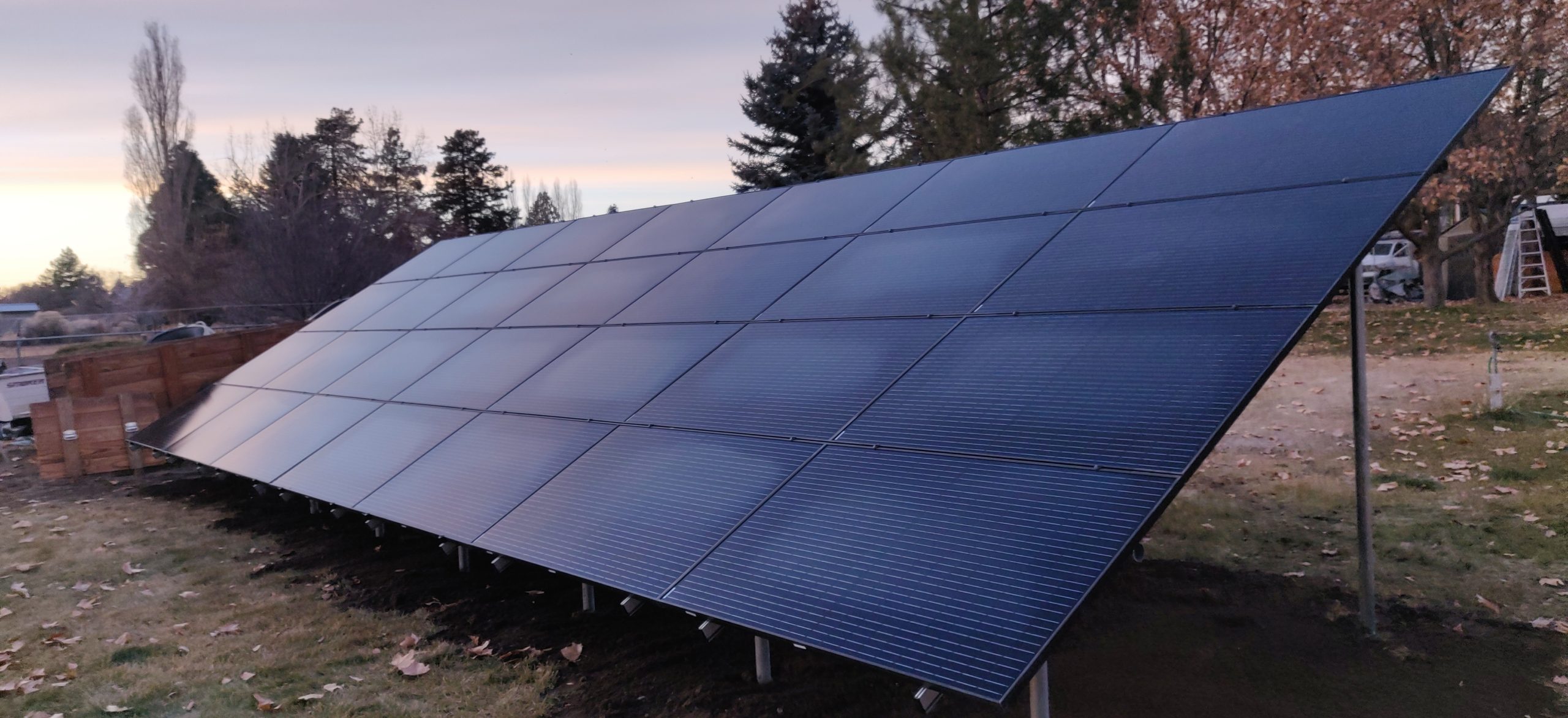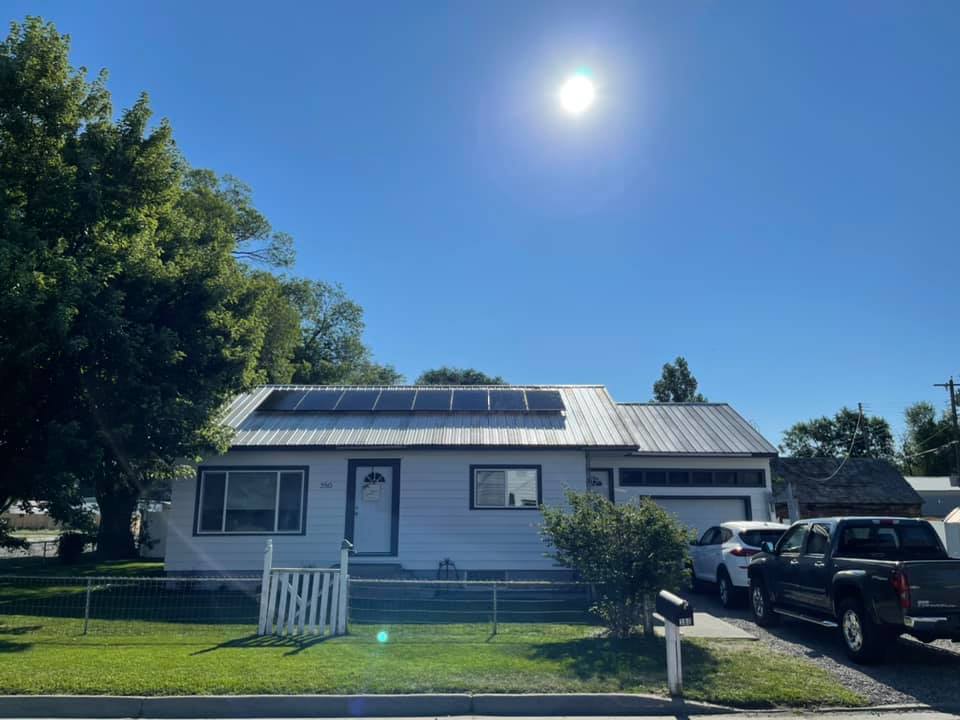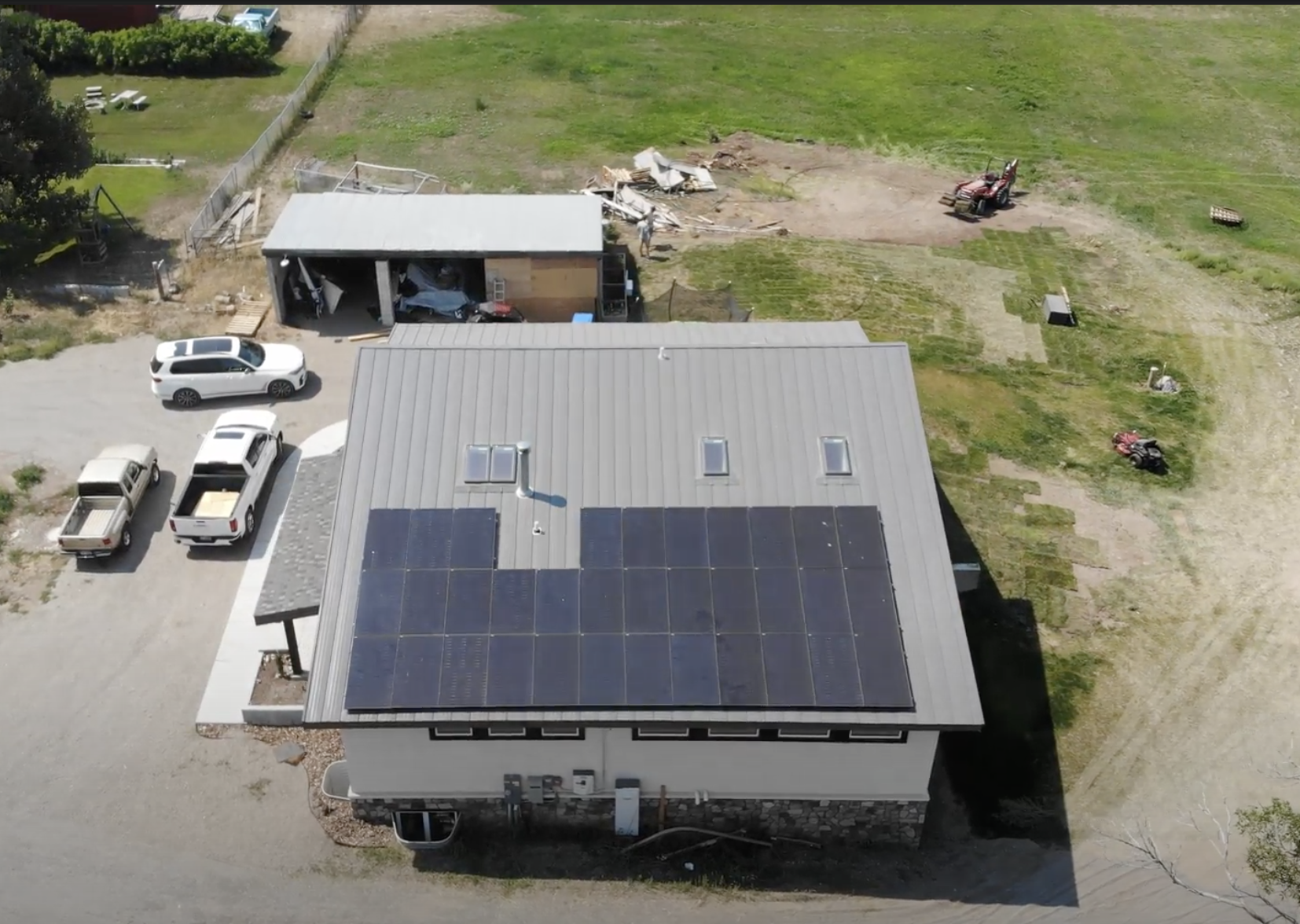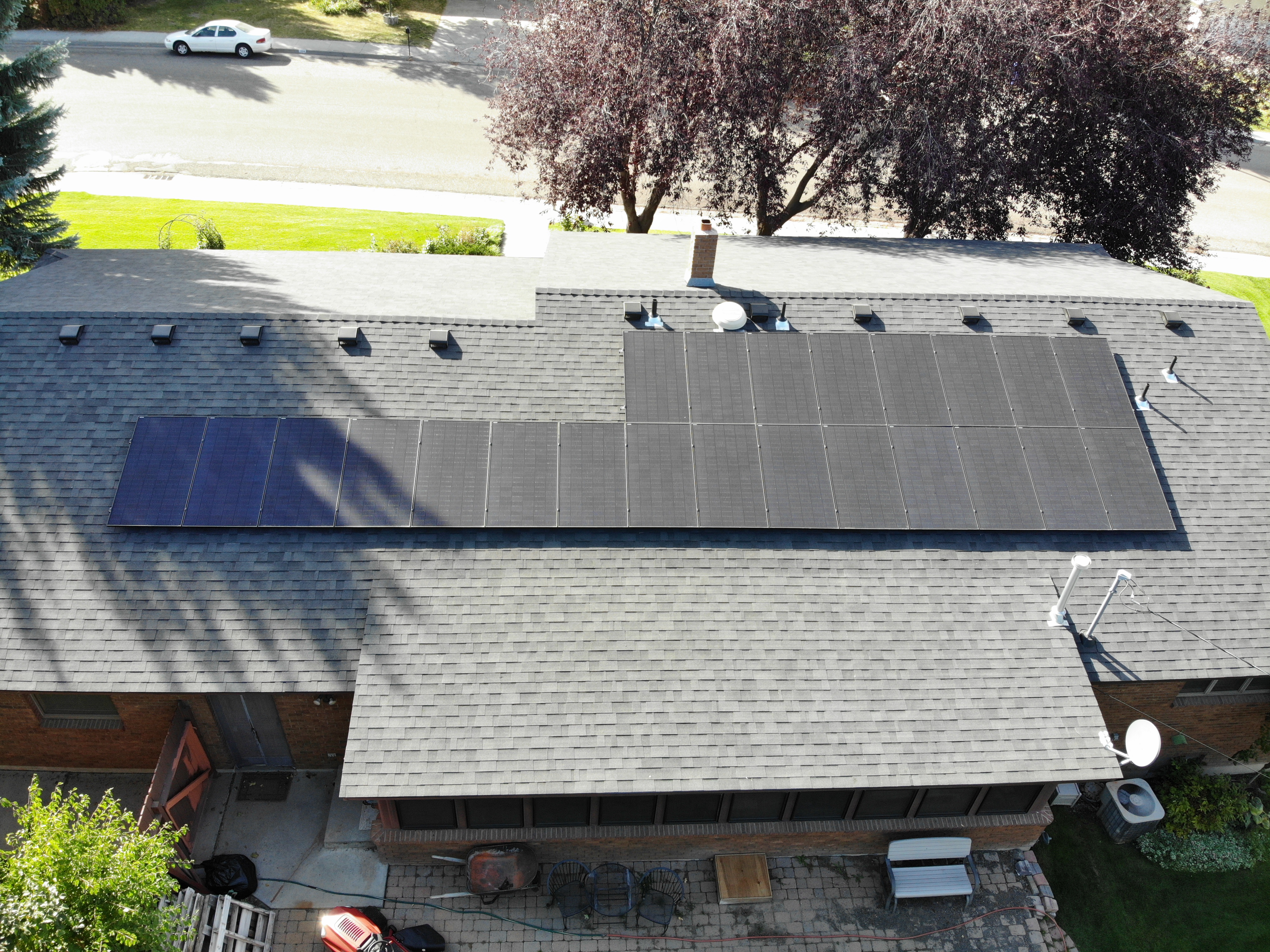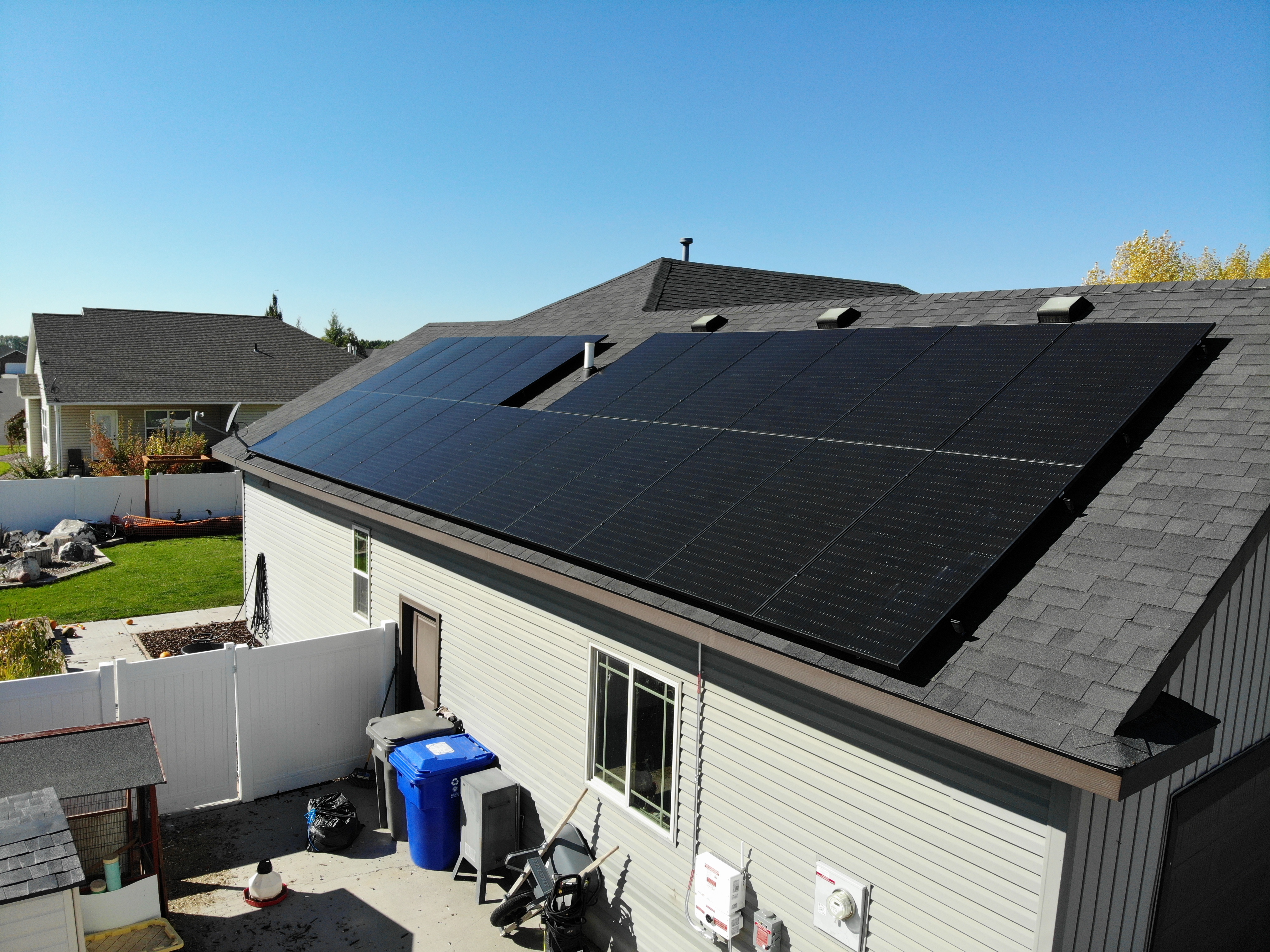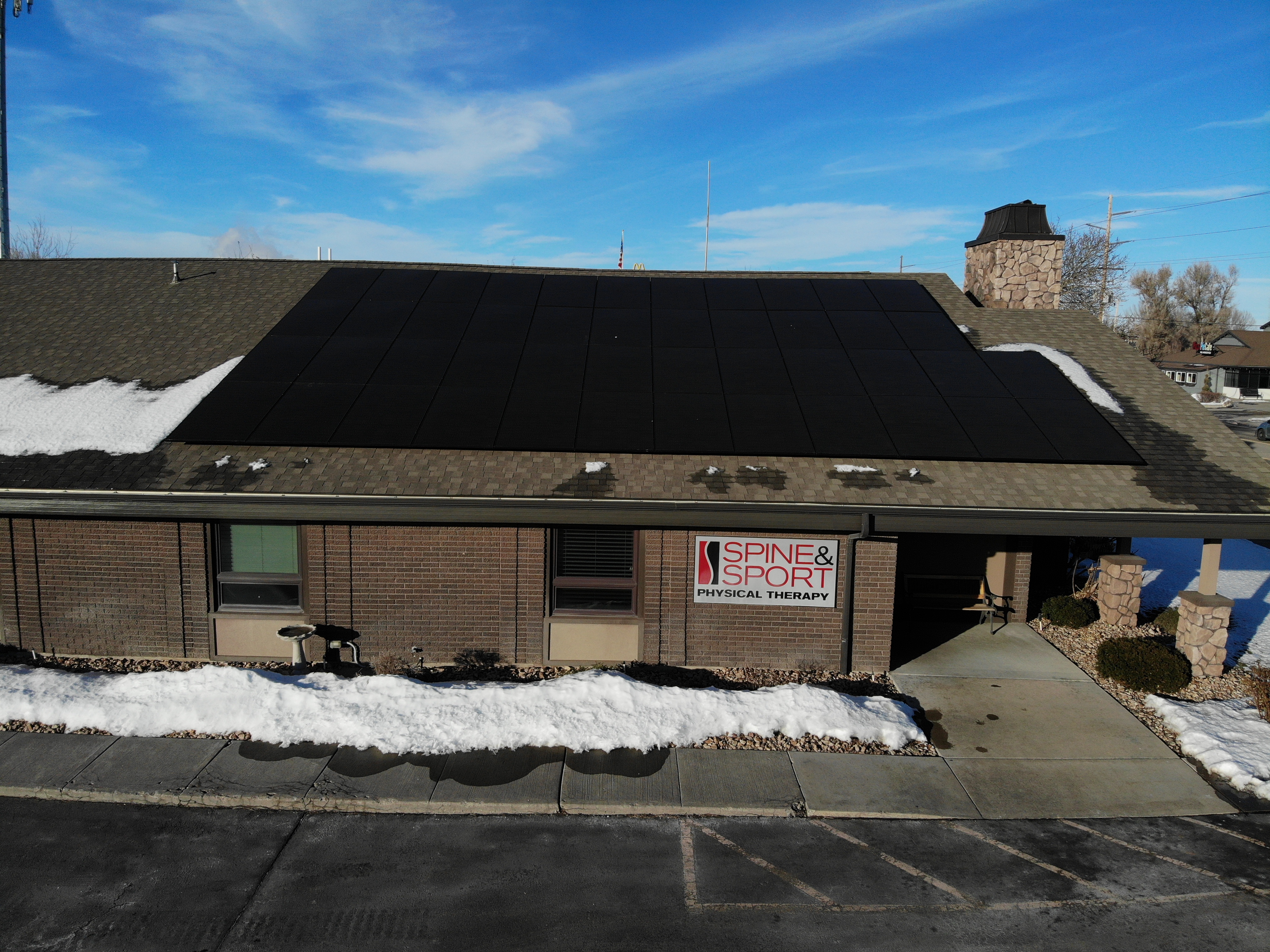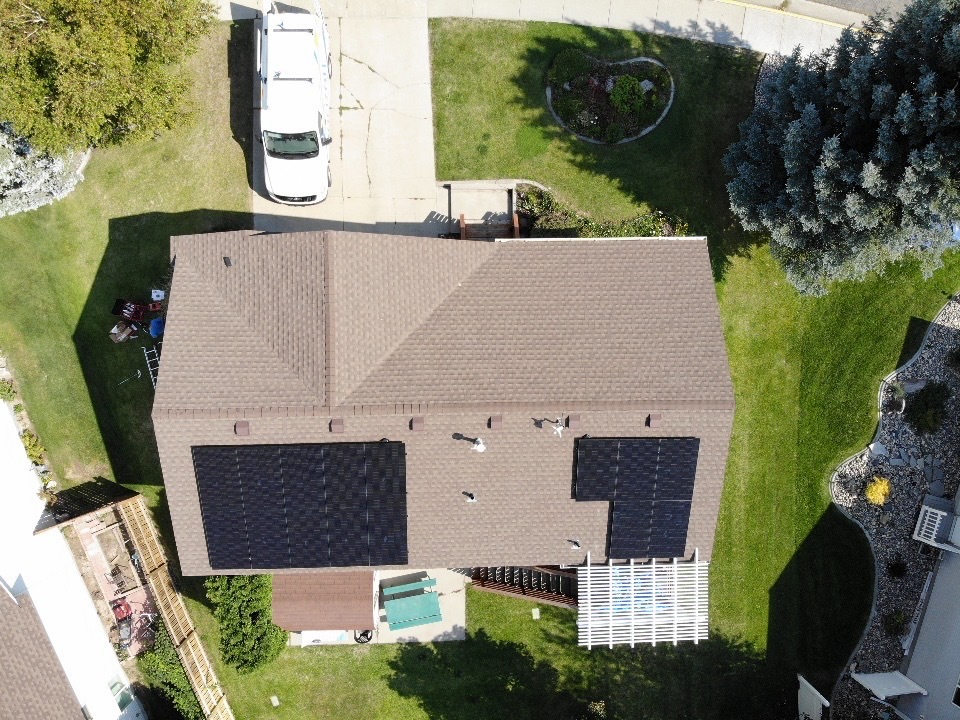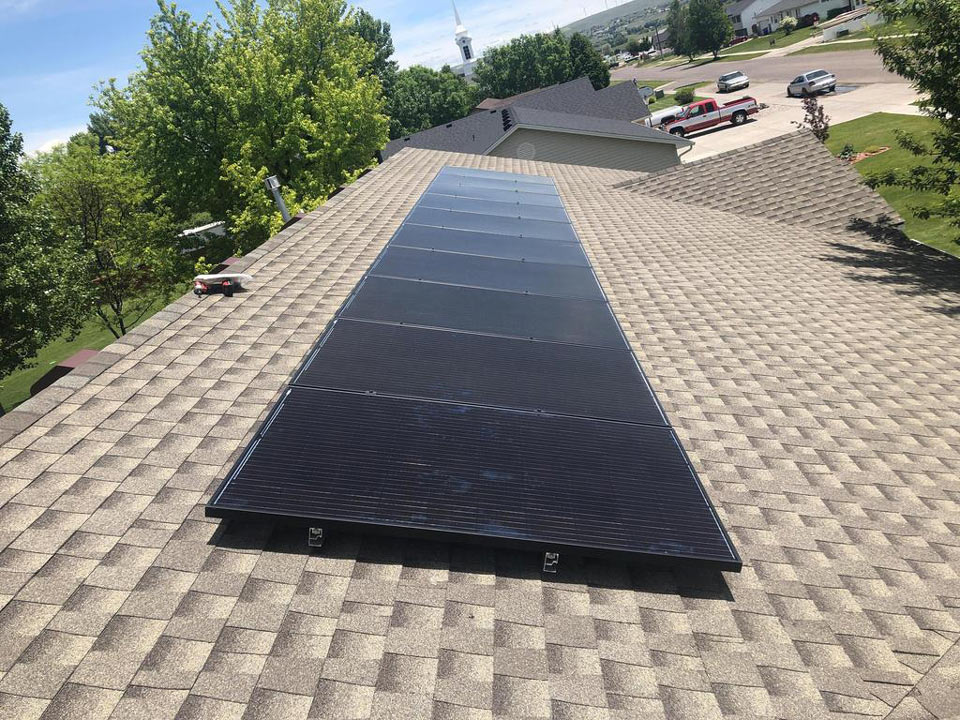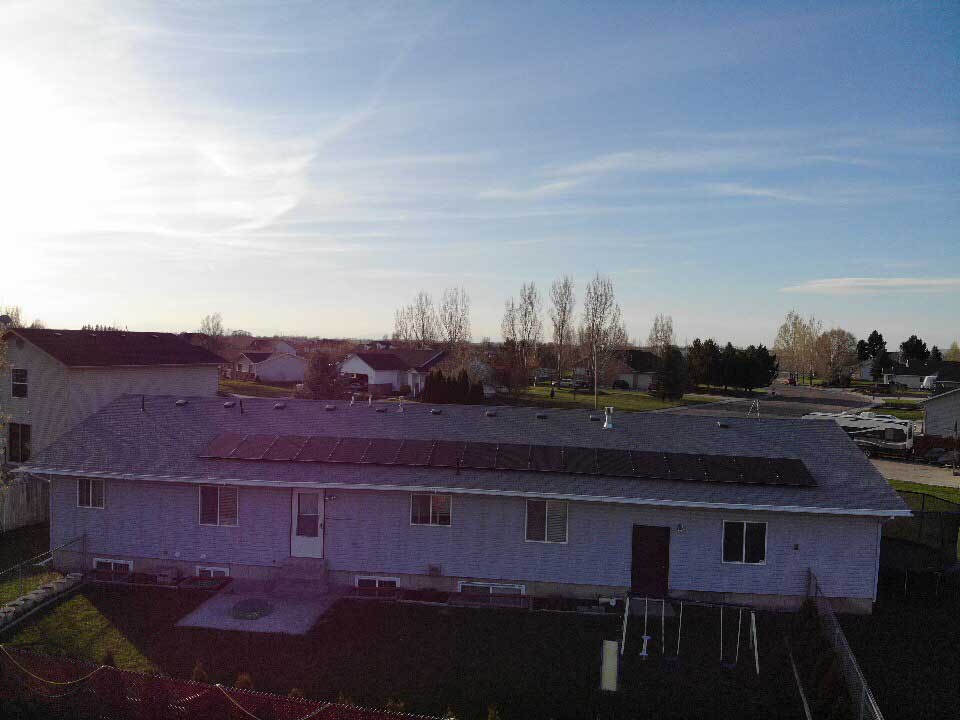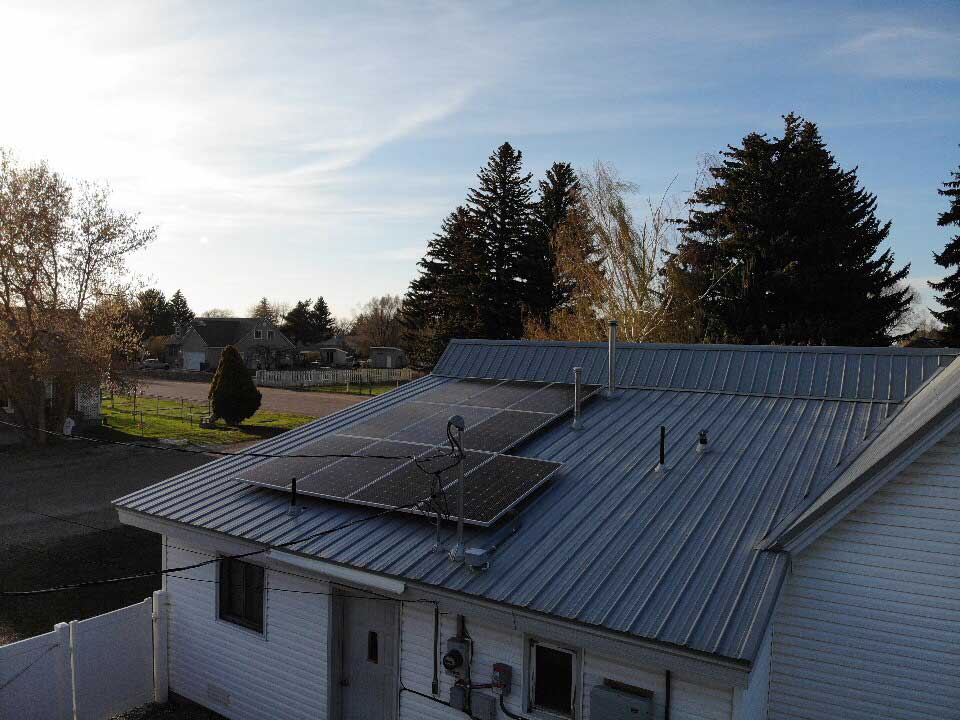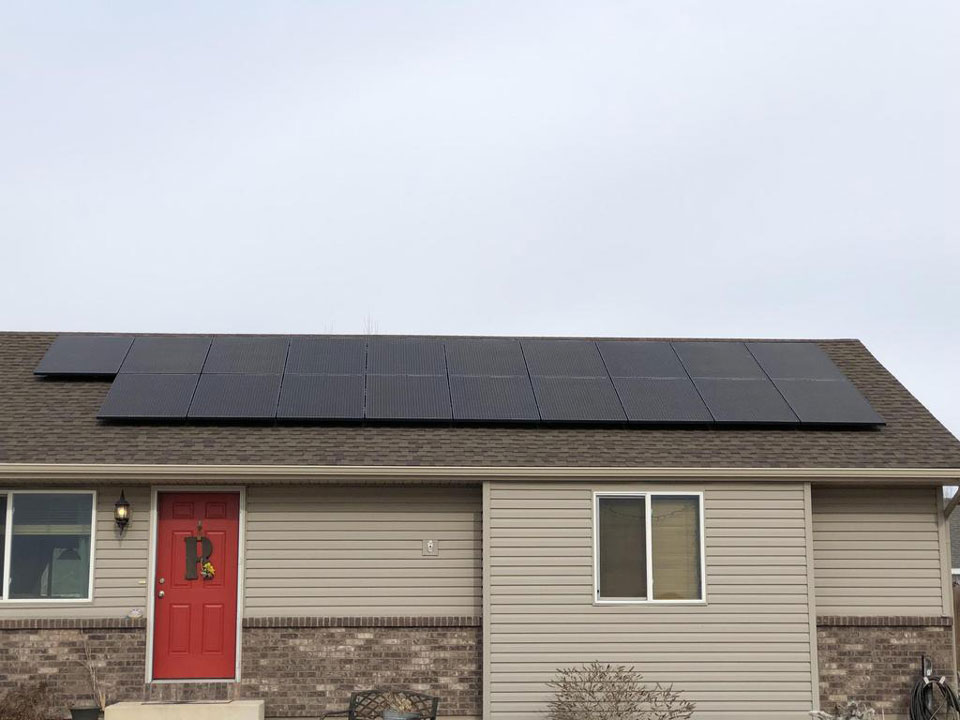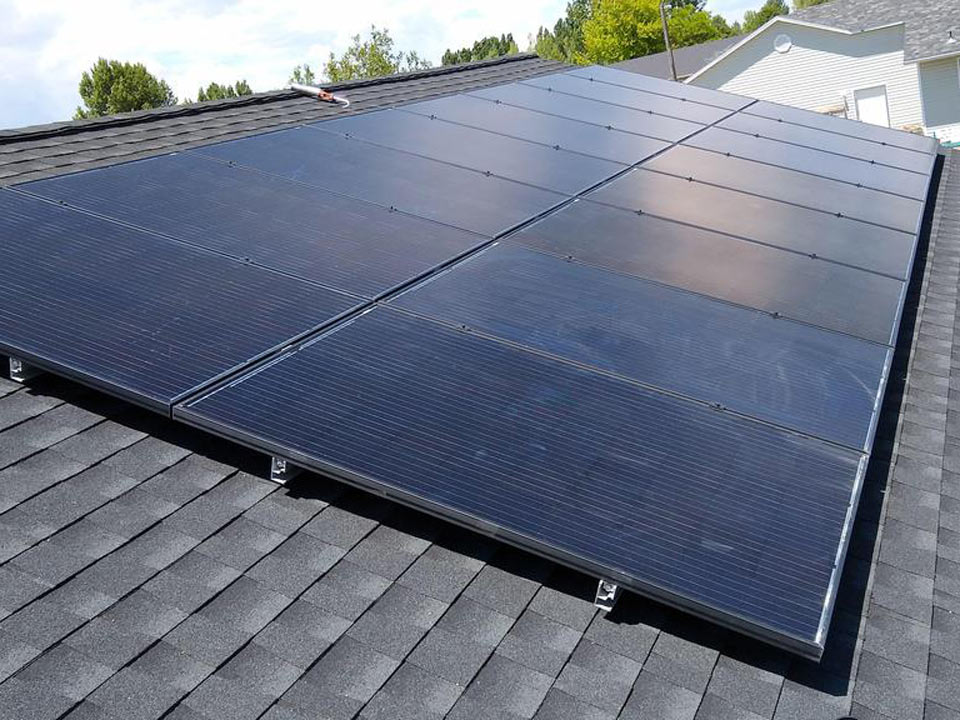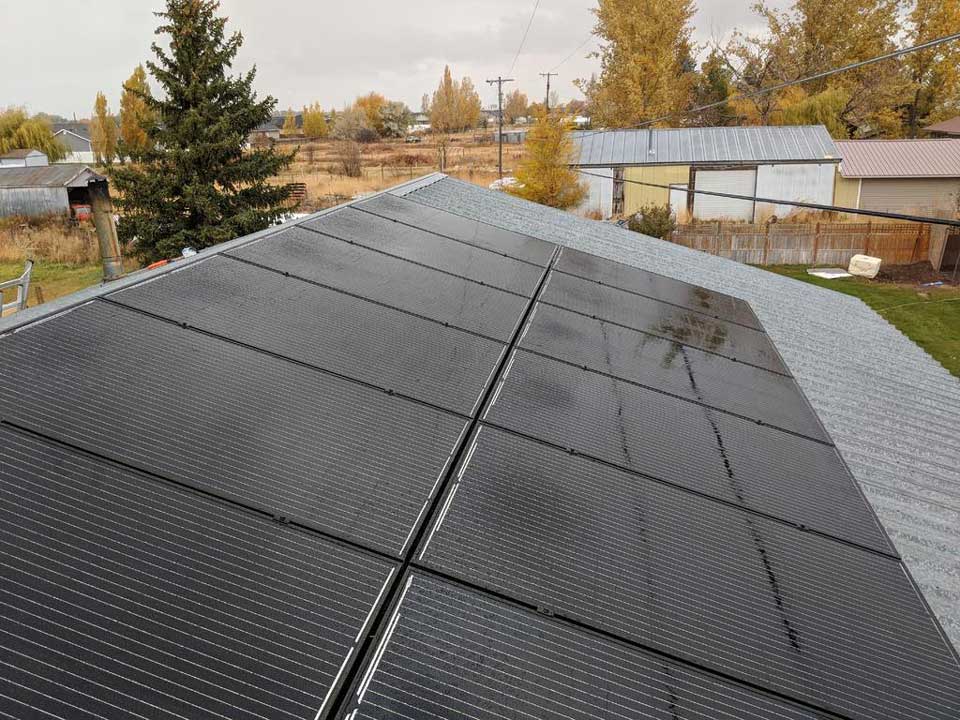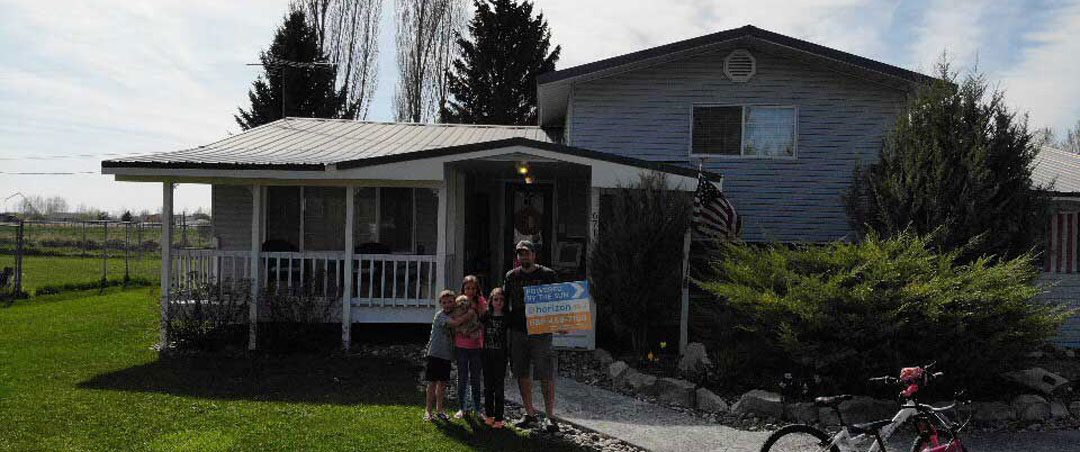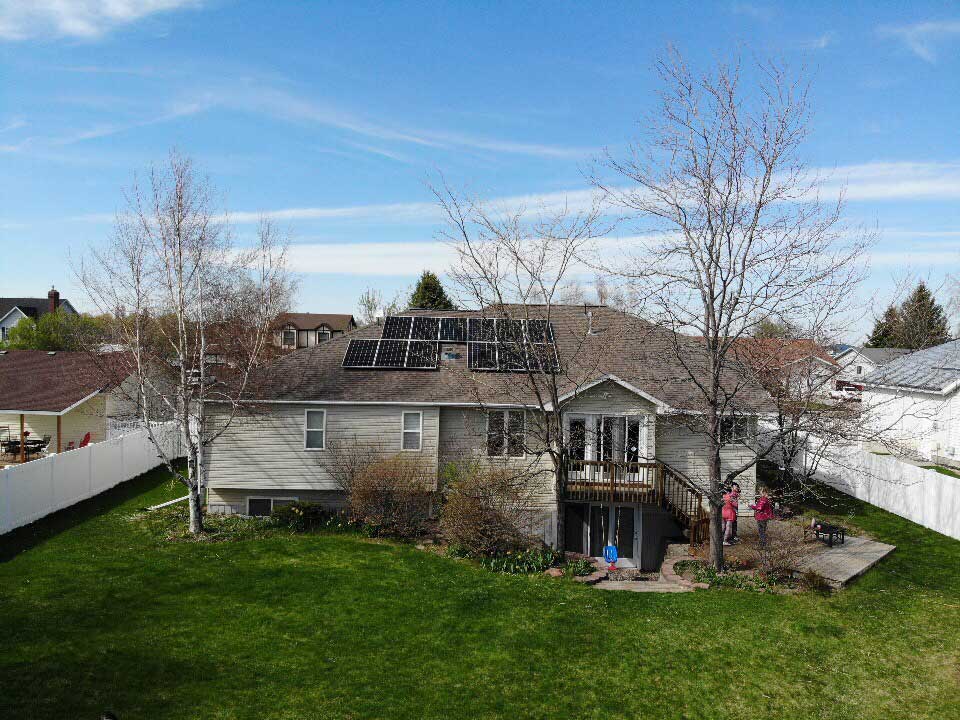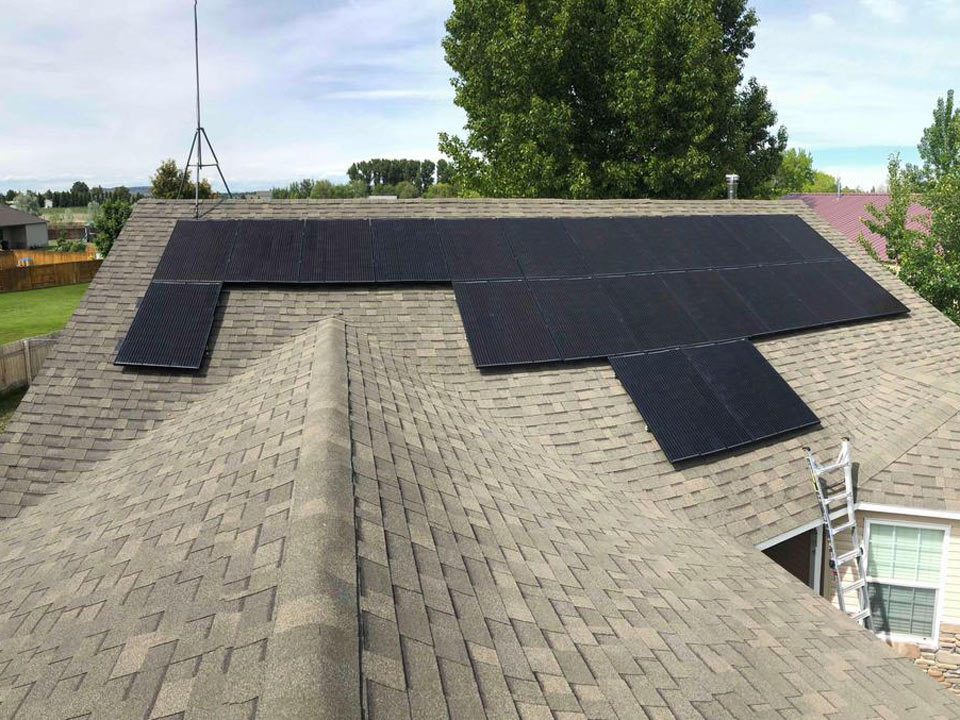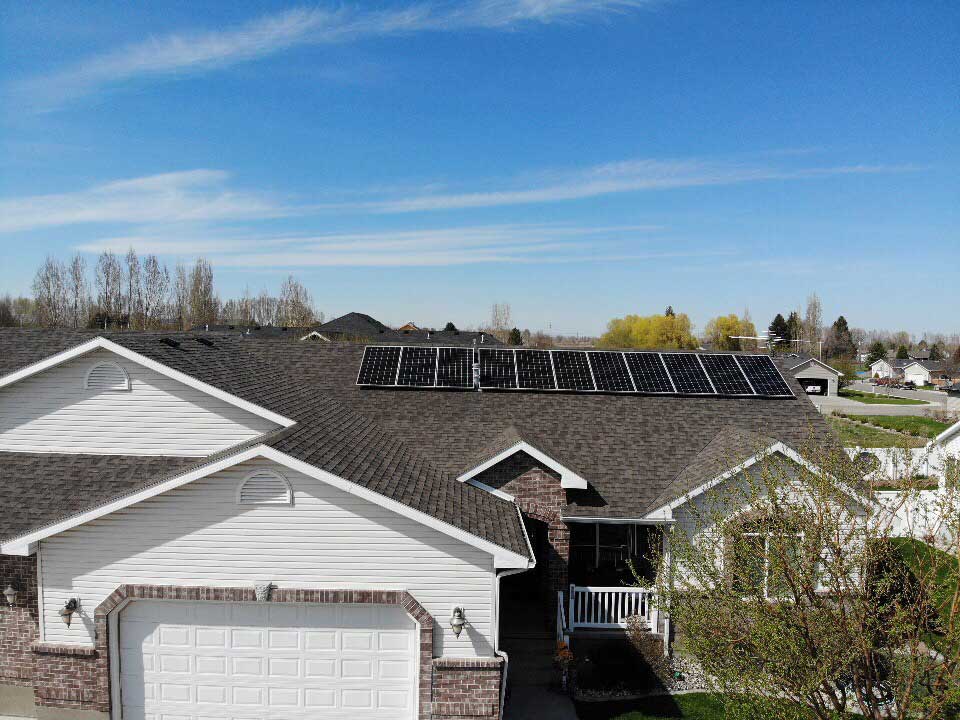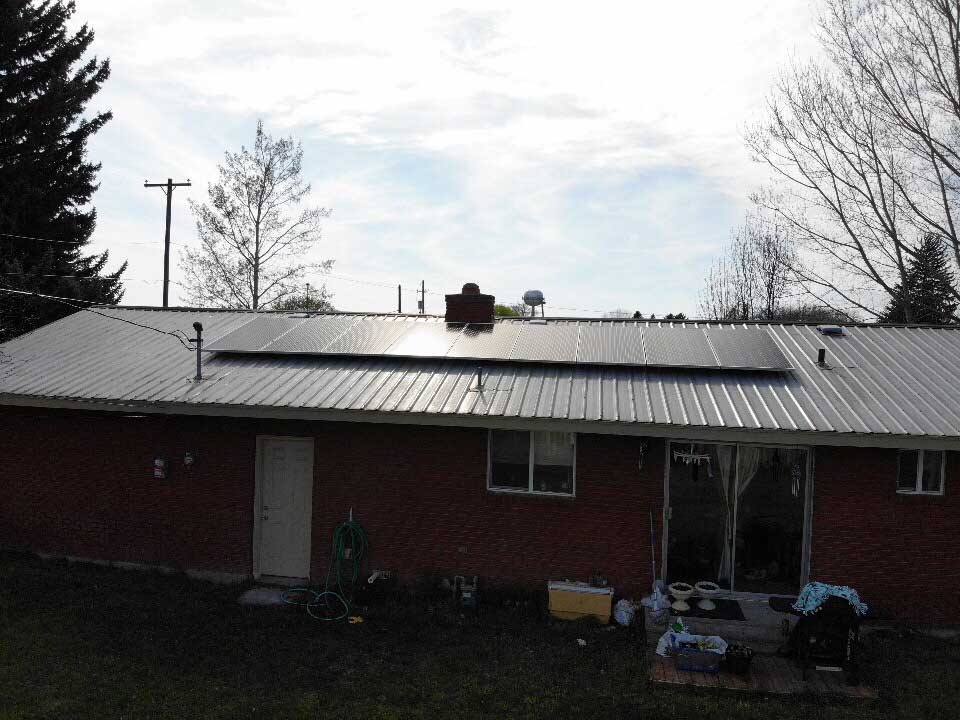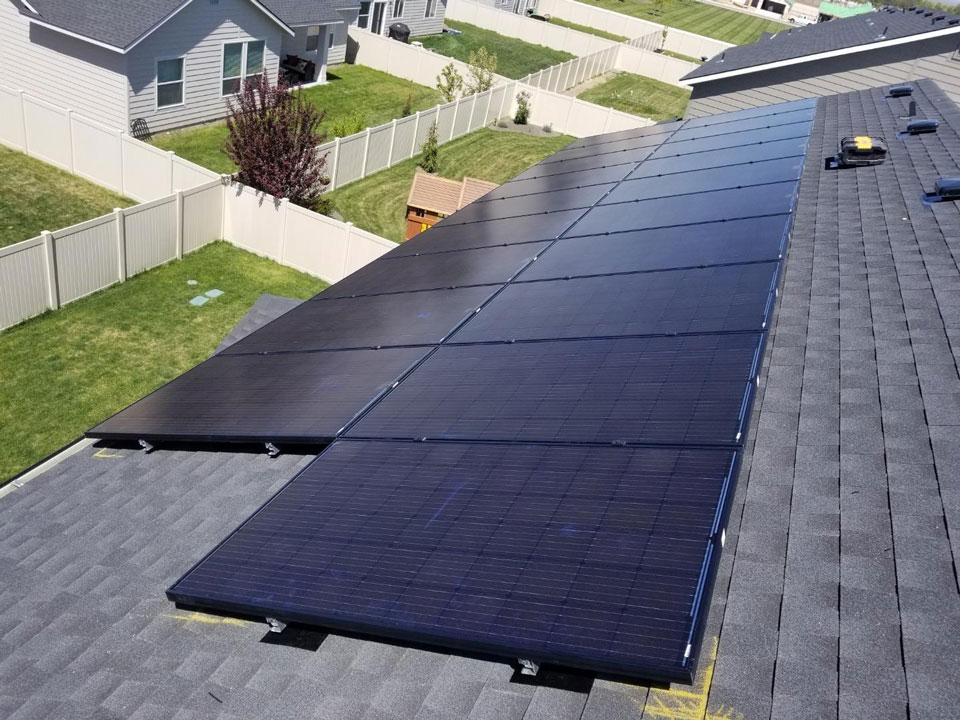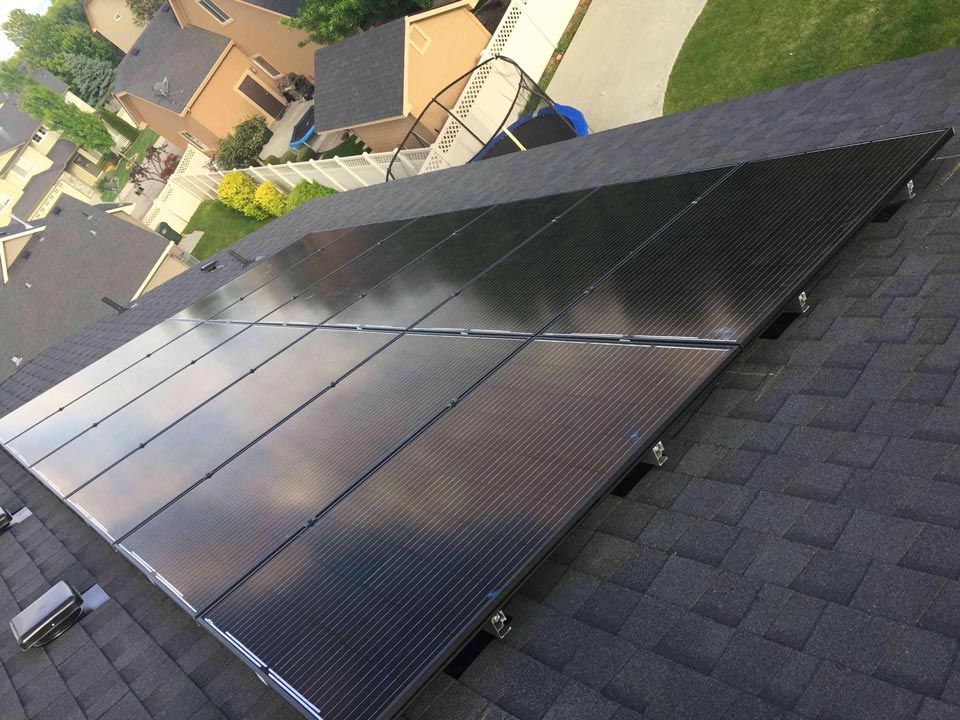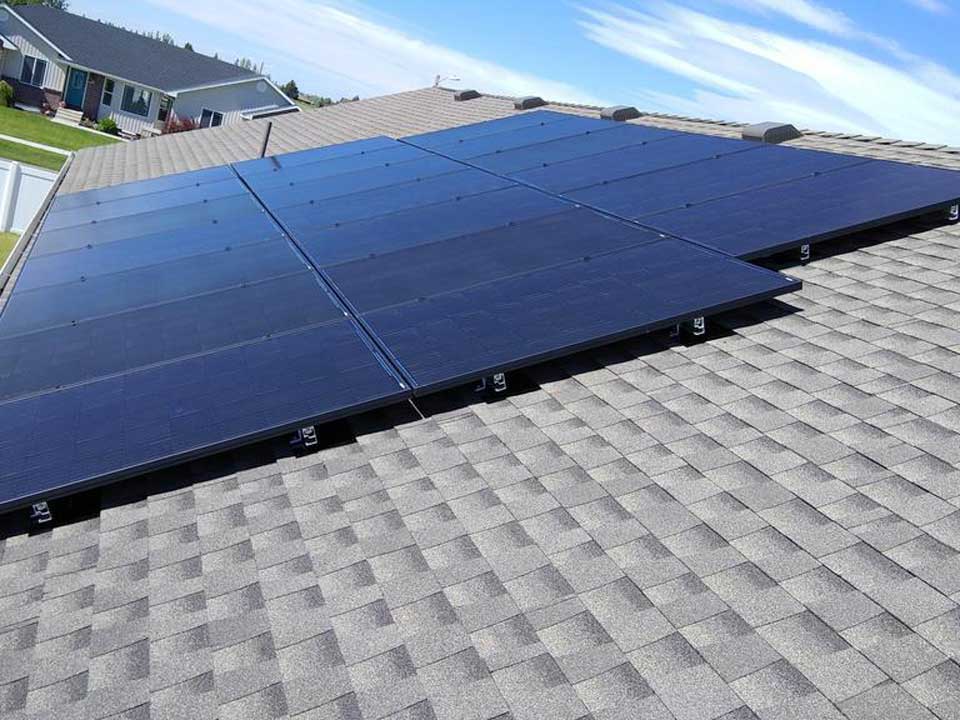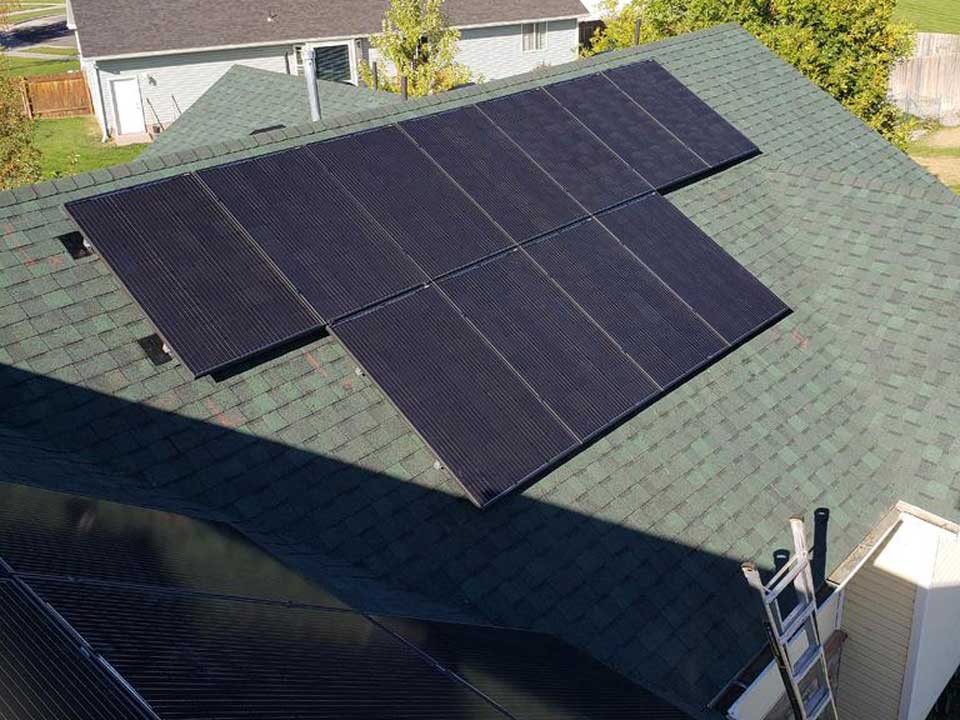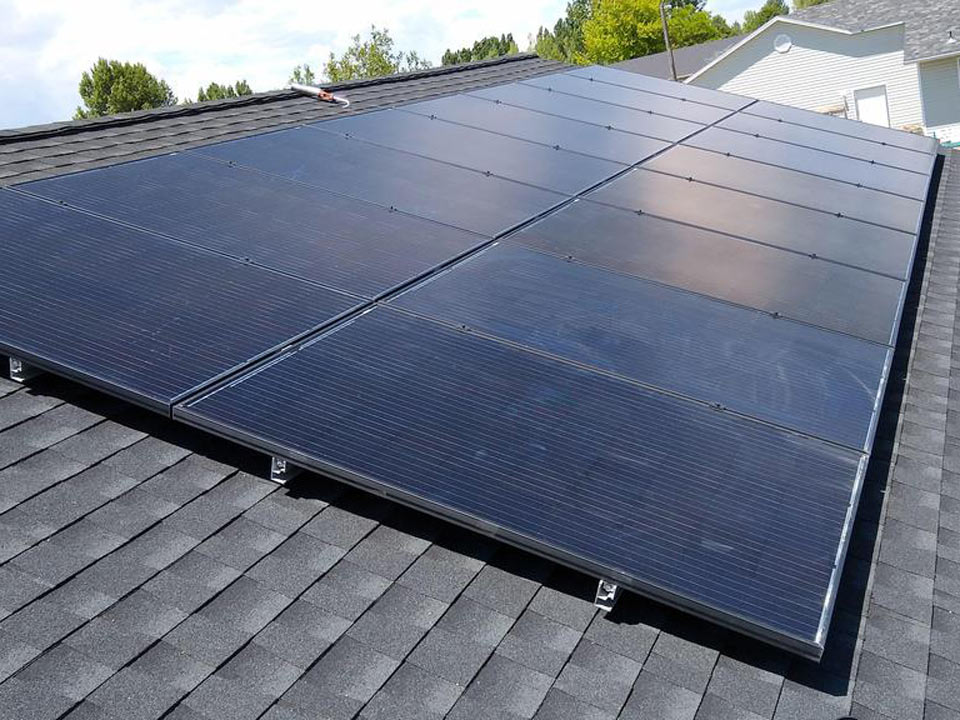HAVE SOLAR QUESTIONS?
Our Solar Power Experts Can Help
It is an easy process as long as you have the right equipment and the assistance of an expert. First, connect the solar panels to a power inverter and then connect it to your house grid, or connect the inverter to the panel’s battery and then to the home power grid. The inverter’s job is to convert solar energy into energy your house devices can use.
Step 1. Find which direction solar panels should face.
Solar panels should be facing a south direction for the northern hemisphere. Cable antennas can be taken as a reference point.
Step 2. Mount Your solar panels.
The distance between the two pedestals is determined by the panel wattage, follow the instructions of the panels you purchase.
Step 3. Connect solar panels in series. To make 1 KW solar panel array Connect 4 of 250w 24v. By connecting the solar panels in series, voltages of solar panels add up.
It depends on your location and the company you work with. The national average cost is $18,630 for a 1500 square ft. home. Another important factor is the panel system you want. Systems between 3 to 6kW are suitable for homes. Have in mind that government tax credits and local incentives are available for you and will reduce the costs significantly.
According to Solar Reviews, two-thirds of the solar panels are made in Asian countries. China is the leader when it comes to producing innovative silicon products for the solar industry. The other third is mainly manufactured by American and German companies.
Yes, it is surprising that even when it is raining or snowing, panels still receive sunlight. Even though the voltage is not as high as during sunny days, you can still power your house with solar panels. This is why backup batteries are handy when the weather conditions are not the best.

